Guide to Drinking Ceylon Tea
This post may contain affiliate links. Simple Loose Leaf is a participant in the Amazon Associates Program, an affiliate advertising program designed to provide a means for sites to earn advertising fees by linking to Amazon.com. If you are an avid tea drinker, you have probably tried at least one Ceylon tea in life. It’s often found in breakfast tea blends. Pure Ceylon tea is quite a treat, and different from teas from other countries.
What is Ceylon tea?
Ceylon tea is tea from Sri Lanka. Ceylon was the colonial name of Sri Lanka until 1972. However, teas from Sri Lanka are still commonly known as Ceylon tea[1]. Although black tea is usually hidden under the name Ceylon tea, today Sri Lanka is producing exquisite white, green and oolong tea too. In fact, white Silver Needle from Adam’s Peak is one of the most expensive high-quality teas in the world. It’s grown at 2500 km above the sea level. Only rare teas around the world, such as Da Yu Ling oolong from Taiwan, are grown at such high altitudes. The story of tea in Ceylon started almost by a chance – to replace coffee. Important coffee cultivation was destroyed at the end of 19th century, giving tea an opportunity. The numbers of tea plantations grew enormously – from 1000 acres in 1867 to 384 000 acres by the end of the 19th century. [2] The first tea plantations replaced coffee plantation in Kandy, still a very important tea producing area. All Ceylon teas are made from Camellia sinensis tea plant, just like all other real teas. However, Ceylon has its own tea cultivars that together with terroir and processing methods give a special flavor different to other black teas.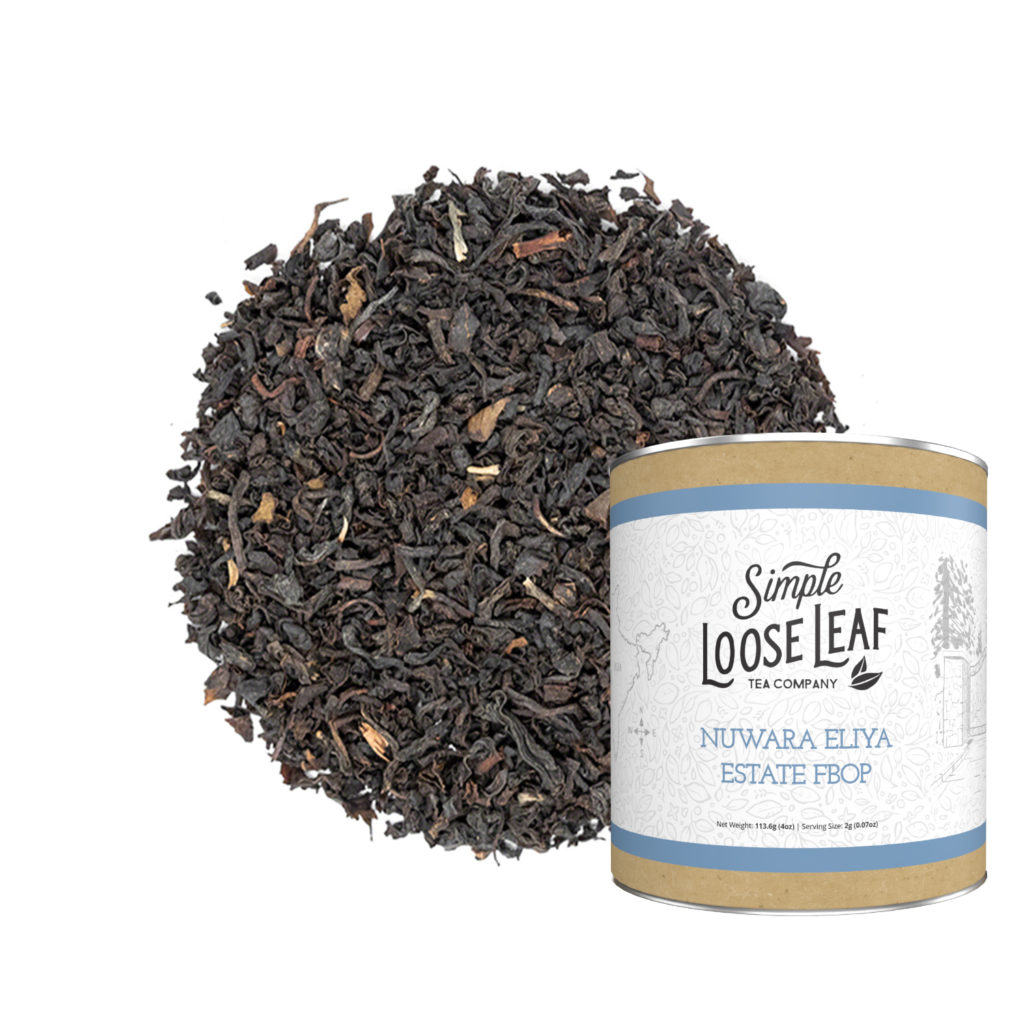
Where does Ceylon tea come from?
Ceylon tea is usually divided into three groups:- Low grown tea– below 2000 feet
- Mid grown tea– between 2000-4000 feet
- High grown tea– above 4000 feet
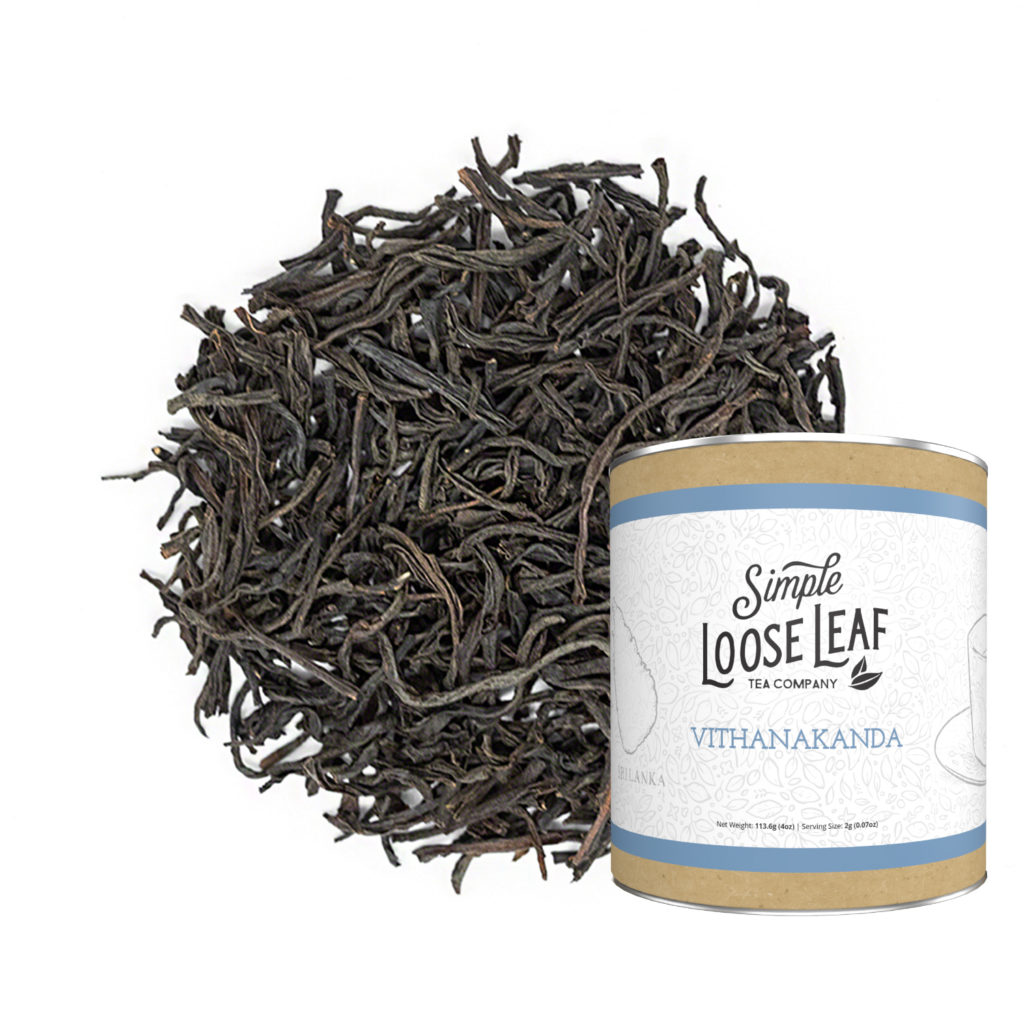
Vithanakanda black tea from Sabaragamuwa
Health Benefits of Drinking Ceylon Tea
The benefits of drinking Ceylon tea are similar to the benefits of drinking other teas. It contains antioxidants, caffeine, L-theanine, minerals and vitamins. Depending on the type of Ceylon tea you are drinking, you may gain different benefits. Just like other green teas, Ceylon green tea is rich in EGCg too. Ceylon black teas contain theaflavins and thearubigins, responsible for flavor, color and benefits[4].-
Boosting immune system
-
Preventing stroke and heart diseases
-
Lowering cholesterol
-
Aiding weight loss
-
Preventing cancer
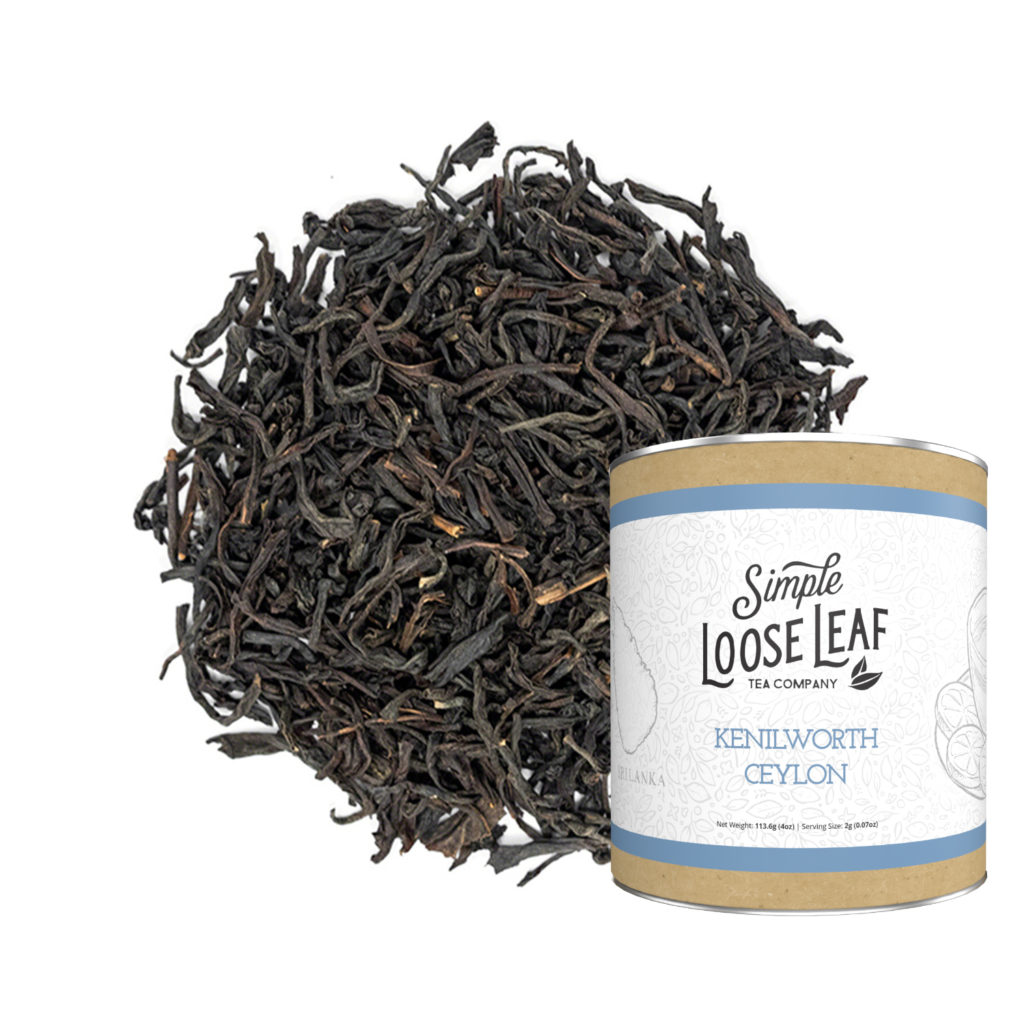
Kenilworth black tea from Dimbula
Does Ceylon tea have caffeine?
Yes, Ceylon tea contains caffeine. Both white, green, oolong and black Ceylon teas will have caffeine. Expect around 50+mg of caffeine per cup of black Ceylon tea and around 30mg of caffeine per cup of green Ceylon tea. This is still much less than a regular cup of coffee. If you want to reduce the level of caffeine in your cup, use cooler water and do not re-steep the leaves. Washing the leaves first to reduce the caffeine levels it's not recommended because you will wash out the flavor too. Very short infusion for washing the leaves is recommended only to clean or open up the leaves, and not to reduce the caffeine content. If you want to reduce the caffeine intake and still drink real Ceylon teas, decaf teas are available too.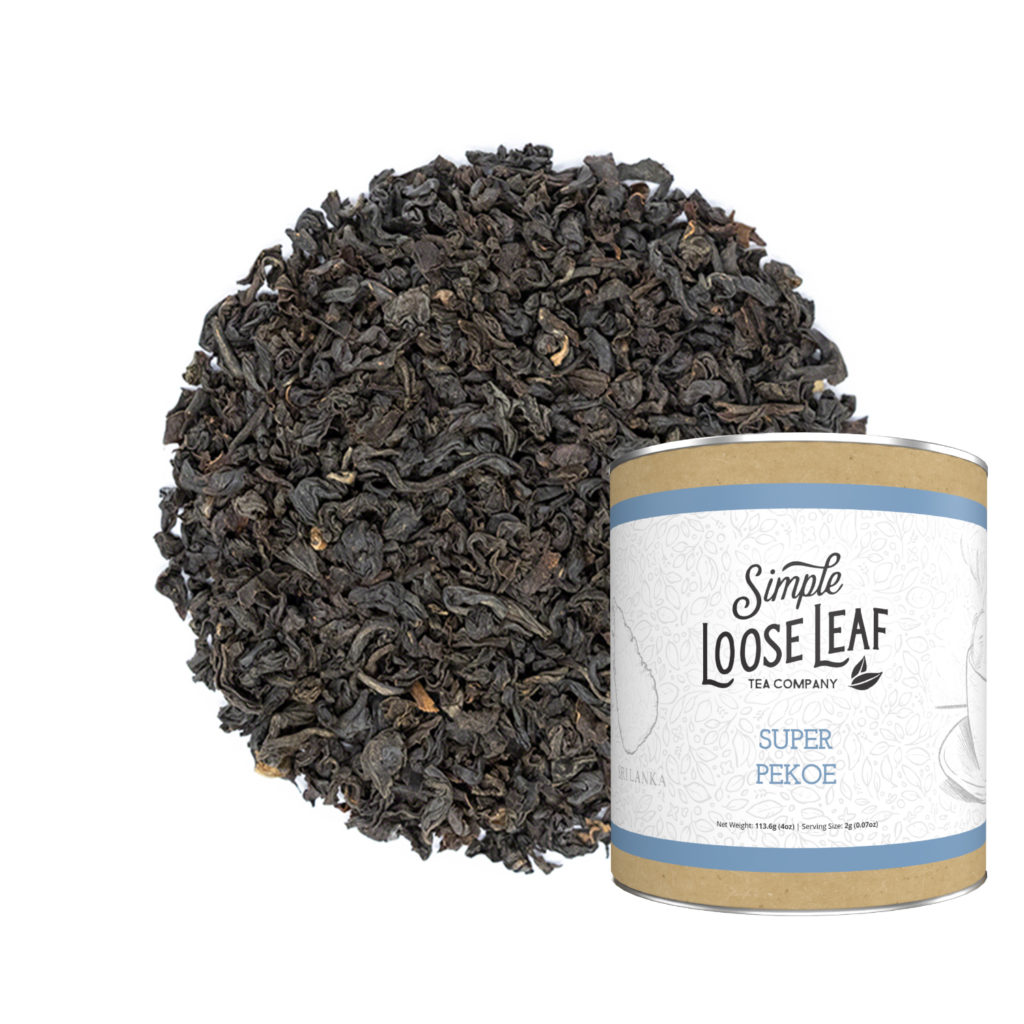
Super Pekoe Ceylon black tea
Ceylon tea vs black tea difference?
Ceylon tea is mostly a black type of tea, but other teas such as green, white and oolong, as long as they are produced in Sri Lanka are Ceylon teas too. When compared to some other important black teas from other countries, Ceylon black tea is likely to be more floral, brisker and even fresher. Ceylon teas follow the similar grading system to Indian teas. For example, Ceylon Orange Pekoe is a tea that includes younger leaves of the tea plant closest to the bud. The name of any Ceylon tea will mostly include the name of the region, grade or tea estate where it was made. This will help to in making the right choice and finding the tea best suited for your preferences. Ruhuna tea will be full bodied and great for a morning tea time. High growns, such as Nuwara Eliya tea taste more delicate and lighter, while mid-grown Kandy teas are full bodied and strong. Green Ceylon teas are more similar to Indian green teas than to Japanese or Chinese green teas. They are stronger, with a light smokey note and deeper yellow color.Disclaimer: This article is for informational purposes only. It’s not intended to replace medical advice, diagnosis or treatment. Every person is different and may react to different herbs and teas differently. Never use teas or herbs to treat serious medical conditions on your own. Always seek professional medical advice before choosing home remedies.
References:
[1] http://teasrilanka.org/history [2] Maxwell Fernando; The story of Ceylon tea [3] http://teasrilanka.org/growing-regions [4] https://www.researchgate.net/publication/285945836_The_black_tea_bioactivity_An_overview [5] https://www.ncbi.nlm.nih.gov/pmc/articles/PMC3167908/ [6] https://www.medicalnewstoday.com/articles/318652#How-do-free-radicals-damage-the-body [7] https://www.researchgate.net/publication/285945836_The_black_tea_bioactivity_An_overview [8] https://www.researchgate.net/publication/285945836_The_black_tea_bioactivity_An_overview [9] https://www.ncbi.nlm.nih.gov/pmc/articles/PMC6456242/ [10] https://www.ncbi.nlm.nih.gov/pubmed/14519829 [11] https://www.ncbi.nlm.nih.gov/pubmed/21715508 [12] https://www.ncbi.nlm.nih.gov/pmc/articles/PMC6273558/ [13] https://www.cancer.gov/about-cancer/causes-prevention/risk/diet/tea-fact-sheet [14] https://www.nfcr.org/blog/does-green-tea-reduce-the-risk-of-cancer/ [15] https://www.ncbi.nlm.nih.gov/pmc/articles/PMC4055352/ [16] https://www.cancer.gov/about-cancer/causes-prevention/risk/diet/tea-fact-sheet
More from:
SLL



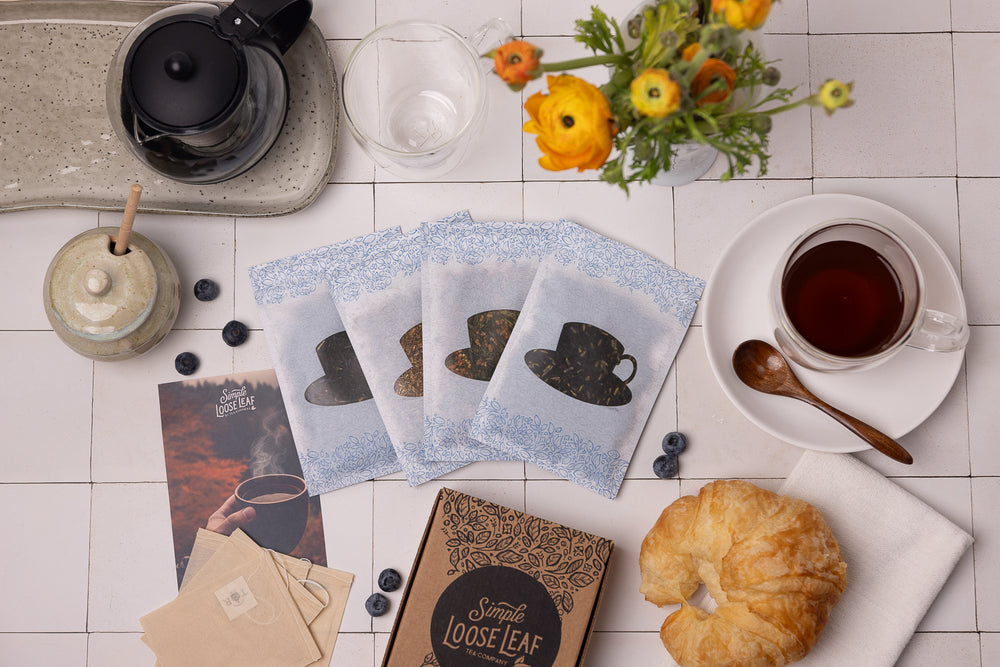
Leave a comment